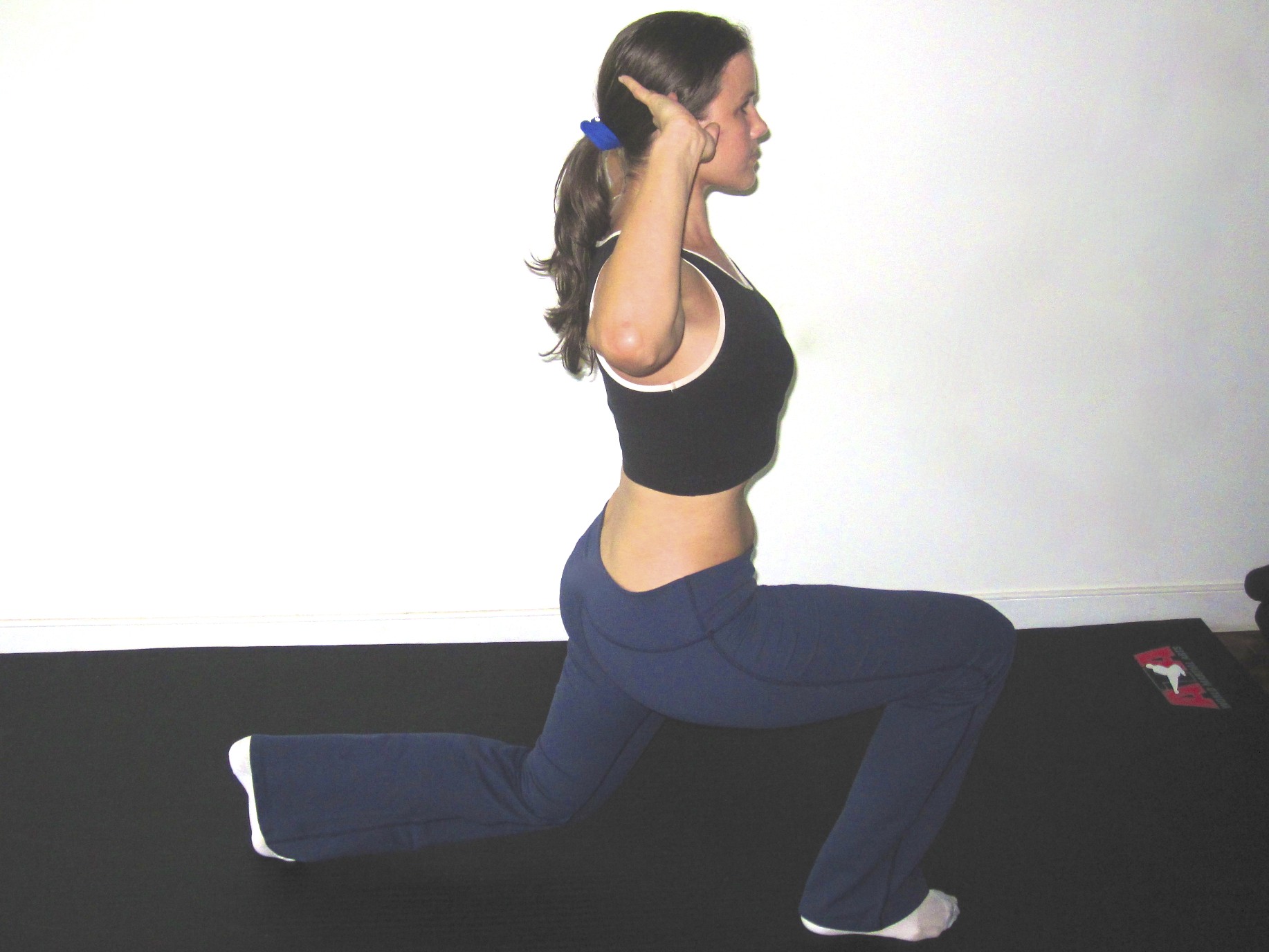To Draw In Or Not To Draw In
I’m not sure who started the craze of pulling in your belly while performing exercise but it caught on like wildfire. When I first started delving into the science behind “core” training 10 years ago, that’s what we learned to do. I first learned the technique from Paul Chek and he said he learned it from some physiotherapists from New Zealand. The idea was that when you pulled in your belly toward your spine, you increased spinal stabilization and protected your back.
Apparently the idea came from a book, Therapeutic Exercise for Spinal Segmental Stabilization in Low Back Pain by Richardson et al, that was based on some exciting new research. I know, it’s quite a title. To get straight to the point, the authors found that their physical therapy patients with low back pain had timing issues with their transverse abdominis. The transverse abdominus should turn on prior to any movement of the body and they found that in people with low back pain, the transverse abdominus would activate after movement had already occurred. The authors used specific exercises to get the functioning of this muscle back and their patients back pain got better.
This was new and exciting stuff at the time. The fitness profession caught a hold of this information and it spread like crazy throughout the fitness world. The next thing you know, every personal trainer, pilates instructor, yoga instructor and aerobics class teacher was instructing all of their clients to “pull your belly toward your spine” when they did exercise. I know…because I was one of them.
I know I haven’t answered the question whether you should or you shouldn’t, so let me address that right now. The answer is: No. And yes. Here’s what I mean…
Enter Stuart McGill
No, you should not pull the belly in toward your spine while exercising. Why? Well, the new school of thought on this subject, based on the latest research by Stuart McGill in his book Low Back Disorders, you should focus on contracting your abdominal muscles or making your abs “tight” during exercise. When you do this, your transverse abdominis is activated as well.
According to McGill’s meticulous research, focusing on pulling in your belly button towards your spine actually decreases spinal stability. That’s a ten-dollar way of saying there’s less support from your abdominal muscles. Pulling in your belly while performing exercise is a bad idea. ESPECIALLY if you’re lifting heavy.

Example of abdominal bracing. Notice how you can see more activation of the abdominal wall in this picture
Abdominal “bracing”, as McGill likes to call it, is the way to go. Not only is it backed up by solid research from one of the leading spine specialists in the world, I’ve personally used it myself and with my clients. You can feel the added stability, especially when you’re lifting heavy in exercises like deadlifts and squats. Also, abdominal bracing is also easier to do then pulling in your belly. All you have to do is stand with good posture, inhale, and tighten your abs maintaing good postural alignment.
An Exception To The Rule
I follow Stuart McGill’s bracing concept for exercising, but I’ve found that many of my clients have benefitted from transverse abdominus and pelvic floor isolation exercises. Many things can cause dysfunction with these muscles.
I’ve learned a lot from Diane Lee, an internationally renowned physical therapist for her clinical work on thoracic, lumbar and pelvic disability and pain. After reading several of her articles and her book on the pelvic girdle, I’ve reintroduced motor control exercises for these muscles with great success. Many nagging issues that my clients (and myself) were experiencing have started to clear up.
Here are some of the important points I’ve learned through Diane Lee’s work:
- Low back pain, surgery or injury to the abdominal area, and pregnancy can cause the transverse abdominus muscle to lose it’s function.
- Without restoring proper function of the transverse abdominus through training, problems with this muscle can be present even after pain or injury has subsided.
- Pain in the pelvic area, trauma, childbirth and surgery can cause this group of muscles to lose it’s function.
- Low back pain, pelvic pain, hip pain and urinary incontinence can result from weak pelvic floor muscles.
To summarize:
- Don’t pull your belly button toward your spine while exercising. Doing this de-stabilizes your spine and predisposes you to injury.
- Instead, use bracing which is tightening your abs while you lift. Tighten them but make sure you can still breathe well. Doing this protects your spine by adding stability from your abdominal muscles.
- Specific exercises for your transversus abdominus and pelvic floor might be needed in some situations; especially when someone has been injury/surgery or pain in the abdominal and pelvic region. There also might be a case of doing these exercises prophylactically.







